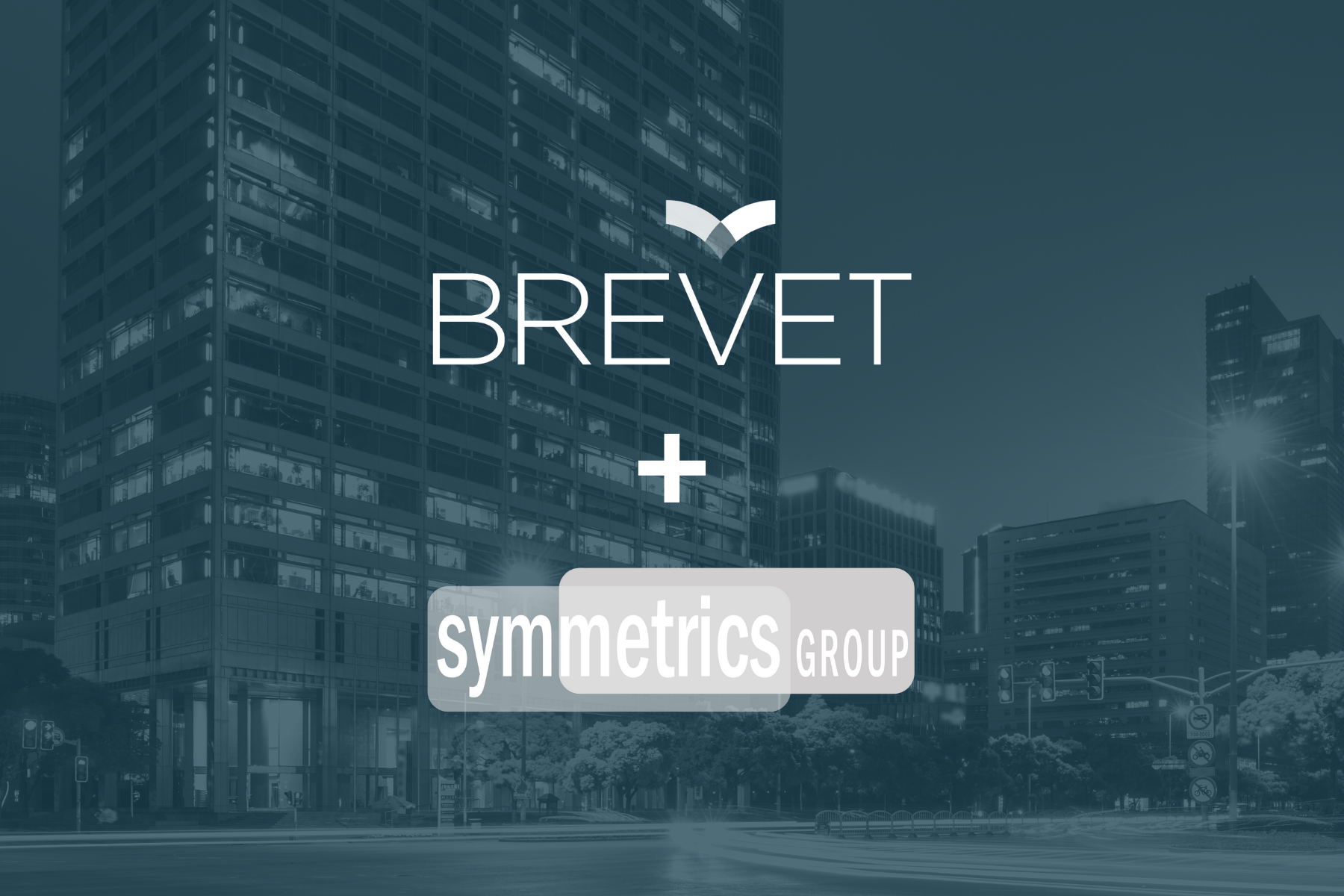For most sellers, face-to-face customer meetings are still out of the question. They may even be a thing of the past. Phone calls, video meetings, virtual demos, etc. – we’re not new to the world of virtual sales conversations. While we’ve likely done a lot of virtual meetings, most traditional buyers are less familiar.
Getting virtual meetings right was hard in ‘normal’ times, but it’s especially challenging today – so many distractions, stresses, and pressures on buyers. Over the past 2-3 months, we’ve all had some uncomfortable virtual experiences:
- Guest appearances by pets (and kids!)
- Participants clearly trying to multi-task
- Technical meltdowns
- Interruptions from participants failing to use ‘mute’ or forgetting they’re on mute!
- Screen share mishaps
You’ve likely seen lots of articles on how to improve virtual meetings. But this advice only focuses on the basics. Of course, we need to set our cameras at the right angle, remove office clutter, and match attire to the situation (now might not be the time to wear a tie). Ignoring these basics are the unforced errors of remote selling.
Leading sales teams are raising the bar on virtual calls. They’re turning remote meetings into highly differentiated sales experiences. This differentiation means greater win rates and faster movement through complex decision cycles. What does the modern sales team need to do to move beyond the basics of remote selling? How can they master the art and science of virtual customer conversations? Our research with the best sales organizations provides this insight.
4 Essential Elements of Virtual Meetings
In pre-pandemic ‘business-as-usual’ times, there were meeting elements that separated the best sellers. In today’s environment, there are 4 mission-critical actions that drive winning virtual meetings:
- Extreme Preparation: Prepping for a sales call is a no-brainer. Planning is a basic tenet of any good sales process. But in this environment, preparation takes on a new level of criticality. Buyers are busy, distracted, and expect more from sellers than ever before.
Your Actions:
- Set an agenda: Start with the ‘why’ for the buyer. What are the 1-2 key outcomes you need to achieve with your buyer? What’s the value to them? Be clear and direct.
- Map out the time: Assume 50% less productivity in a virtual setting compared to a face-to-face. Did you factor-in time for building rapport and handling tech issues? Time seems to move much faster in virtual settings. Meeting time planning is a must.
- Send a pre-wire email: It’s hard to keep track of all the meetings on our calendars. Prepare your buyer with a brief agenda, and gain buy-in on expectations for the meeting. Put this in an email and send as a reminder one day before the meeting, if possible.
- Pre-plan a next step action: Your agenda should drive commitment to a mutually beneficial next step. This ensures that you maintain momentum following the call. This also helps your buyer know the meeting was a productive use of time.
Remember, setting a realistic agenda and expectations for a virtual call is essential. Cramming in too many topics can be counterproductive – some details and questions may be better suited for an email.
- Expert Facilitation: Virtual meetings will veer off-topic – there so many unpredictable dynamics at play. It’s up to the seller to actively guide the conversation. And they must do this without a lot of non-verbal cues and body language.
Your Actions:
- Stick to the agenda: Time is the most valuable resource right now. Sellers shouldn’t get too caught up in building rapport. Take charge of the meeting with a strong opener statement, and lead transitions between topics to stay on track and on pace.
- Ensure all voices are heard: Some individuals may try to dominate the conversation, while others may slip into the background (although their involvement may be critical). Call on specific individuals to participate and share their perspective. This is important to build buy-in from all stakeholders.
- Check for engagement and alignment: Attendees may try multi-tasking or can get distracted easily. It may not be practical to go round-robin at every decision point but be sure to ask effective questions. Pause to address any roadblocks in the moment.
- Use the ‘parking lot’: Some important topics may come out through the course of the conversation. These topics can quickly de-rail the conversation and distract from the main purpose of the call. Leverage your videoconferencing tools to keep track of topics to re-visit. If you don’t have time to address during the call, you have a reason to set a follow-up call.
As buyers jump from Zoom to Webex to phone calls, they are worn down from all these virtual conversations. Sellers need to adapt to the situation to avoid passive acceptance from buyers. Nodding heads may signal fatigue – not always agreement. Reps need to stay on top of these issues to facilitate productive meetings.
- Engineered Engagement: As we have discussed many times before, modern selling is all about collaboration – clarifying the problem together and co-creating a solution. Virtual meetings are not meant to be lectures. Sellers need a strategy for building in engagement and dialogue.
Your Actions:
- Pre-plan points of engagement: Engagement may not occur naturally in a virtual setting. This isn’t the time to jump right to a hard ‘sales pitch’. Facilitating an engaging discussion can differentiate you from your competitors. The best sellers view the conversation as an interactive workshop.
- Keep slides lean: Limit the number of slides and the amount of words on each slide. If you’re using PowerPoint, it should just be a tool to supplement the conversation. One powerful technique is to include one-page question slides – this helps sellers make sure they uncover the buyer’s perspective on important topics.
- Ask effective questions: This is an obvious strategy but be mindful of passive “yes/no” questions. Continue to probe for understanding and alignment throughout the conversation.
- Leverage digital tools: There are so many new tools and features that sellers can use to improve the experience for buyers. The best sellers make use of virtual whiteboarding, polls, and other interactive features to engage buyers.
Virtual meetings are highly dynamic, and it is impossible to predict how the conversation may flow. Positioning themselves as facilitators, reps need a plan for interactivity. But they must also be prepared to adapt to the natural flow of the conversation.
- Execute Commitments: The end of a virtual meeting is a ‘danger zone’. Too many virtual meetings don’t drive action – leaving customers feeling frustrated and unproductive. A good meeting ends because we began with the end in mind. Sellers need to define a clear outcome in the planning process.
Actions to Avoid:
- Expecting the buyer to sign a contract on the first call
- Setting vague next steps
- Not explicitly assigning owners and due dates
- Not sending a follow-up email that summarizes these next steps, owners, due dates
- And a surprisingly common fail, sellers not following through on their commitments
High-performing reps focus on creating a mutual action plan to hold each party accountable. This will likely include actions for both the seller and the buyer. And it’s critical to maintaining momentum following the call. Tangible next steps might include sharing information or data, following up with additional stakeholders, and confirming solution priorities.
Forming the Social Contract
In this uncertain environment, buyers are still hesitant to make investments. The focus of virtual meetings should be building buy-in to you and your solution. So abandon the hard ‘sales pitch’. Instead, sellers need to look for the win-win more than ever. Forming a social contract means gaining a mutual commitment to do something coming out of the meeting.
Putting these 4 virtual meeting elements into practice sets the stage for the social contract. With all the noise and distractions, virtual meetings are an opportunity to understand your buyer’s situation and differentiate your solution.
Disruption is driving innovation across sales strategy, sales enablement, sales training, and sales operations. Contact us to learn how other companies are reimagining their sales process to fuel long-term success.
About The Author
 Justin is a consultant who helps clients diagnose and address their barriers to sales productivity. His work has involved a number of companies in the healthcare, technology, and professional services sectors. He has developed numerous revenue-generating programs, including a focus on selling skill enhancement, sales leadership and coaching fundamentals, issue-led vertical marketing, and hybrid selling.
Justin is a consultant who helps clients diagnose and address their barriers to sales productivity. His work has involved a number of companies in the healthcare, technology, and professional services sectors. He has developed numerous revenue-generating programs, including a focus on selling skill enhancement, sales leadership and coaching fundamentals, issue-led vertical marketing, and hybrid selling.


.jpg)

